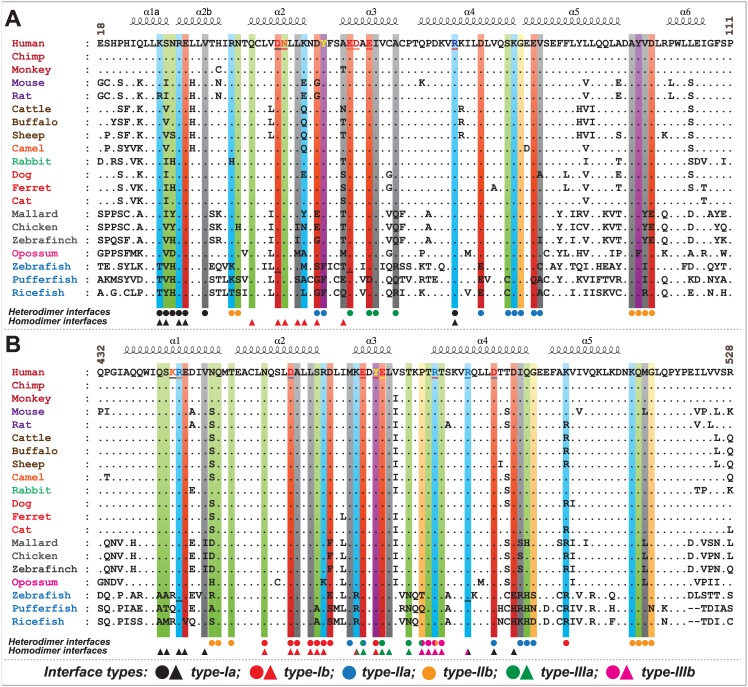Fig 8. Multiple sequence alignment of NOD1 and RIP2 CARDs.
Sequence alignment of (A) NOD1 and (B) RIP2 CARDs highlights the key residues that drive CARD-CARD interaction. The residues highlighted in different colour bars (based on physicochemical properties) were predicted to be involved in CARD-CARD interaction. The reported and/or predicted residues (from human and zebrafish) are underlined. Coloured circles and triangles (black: type-Ia; red: type-Ib; blue: type-IIa; orange: type-IIb; green: type-IIIa; magenta: type-IIIb) indicate the residues involved in hetero and homodimeric interactions, respectively. GenBank Accessions of NOD1 and RIP2 sequences were considered for multiple sequence analysis (MSA) are as follows: NOD1:- [Human (NP_006083), Chimp (XP_001165528), Monkey (XP_001085719), Mouse (NP_766317), Rat (NP_001102706), Cattle (NP_001243492), Buffalo (XP_006055719), Sheep (XP_011967635), Camel (XP_010986339), Rabbit (XP_002713781), Dog (XP_005628733), Ferret (XP_004762624), Cat (XP_011278751), Mallard (NP_001297310), Chicken (NP_001305367), Zebra finch (XP_012427146), Opossum (XP_001381520), Zebrafish (XP_002665106), Pufferfish (XP_003965935) and Ricefish (XP_011483244)]; RIP2:- [Human (NP_003812), Chimp (XP_519850), Monkey (XP_001084687), Mouse (NP_620402), Rat (NP_001178794), Cattle (NP_001029782), Buffalo (XP_006056644), Sheep (XP_011994115), Camel (XP_010976526), Rabbit (XP_008253935), Dog (XP_005638158), Ferret (XP_004767029), Cat (XP_011289616), Mallard (XP_005029607), Chicken (NP_001026114), Zebra finch (XP_002198519), Opossum (XP_016287297), Zebrafish (NP_919392), Pufferfish (XP_003975835) and Ricefish (XP_004078988)].

